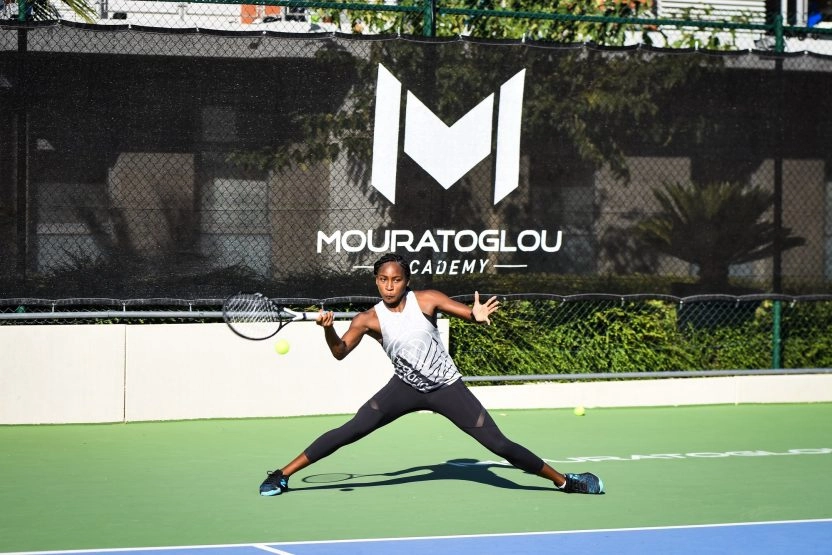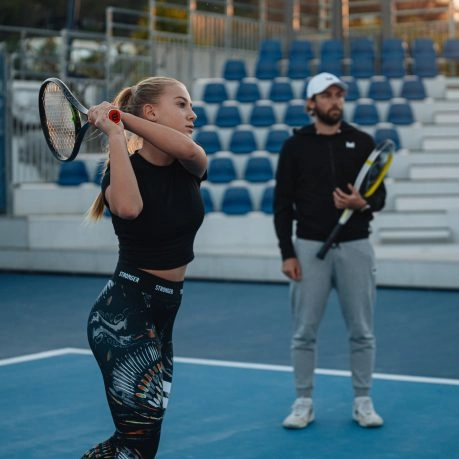Dynamic footwork
The first essential element for a successful end-stroke is good mobility. Your ability to cover the ground quickly, while maintaining stability, is crucial to success. Light, fast footwork will enable you to get to the ball earlier, giving you better conditions for hitting. Your position will be more solid, even on the move.





















